Thanksgiving Feast for the Mind: The Core of Apple’s Hardware Engineering
An Extra Meaty Inaugural Special: Savoring the Precision and Passion Behind Apple's Technological Triumphs.
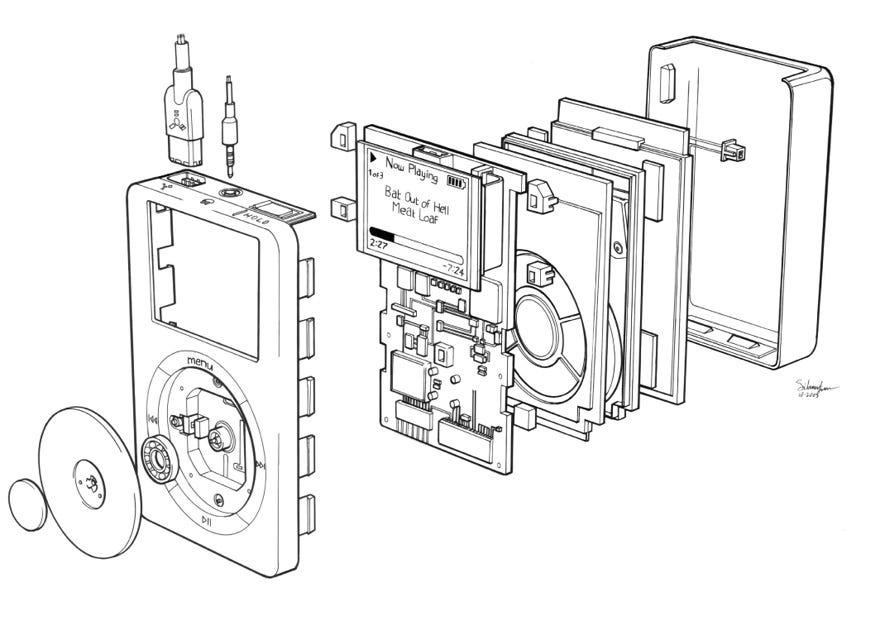
In the sprawling landscape of modern technology, few can orchestrate the symphony of form and function with the grace of Apple. The development process of an Apple product is a finely tuned ballet, where each movement is deliberate, each step is precise, and each performer, from engineer to designer, plays a critical role. This narrative begins not with a piece of technology, but with an idea—a vision—that takes physical shape in the form of demonstrators and mock-ups. These initial models, often sculpted from materials as humble as wood or plastic, represent the purest form of a concept. They are the visual and tactile expressions of potential, serving as a canvas upon which the intricate layers of design and functionality will gradually be painted.
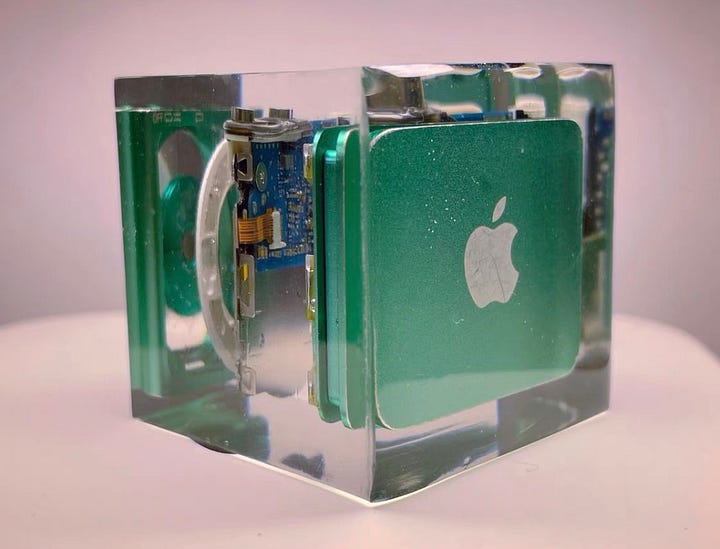
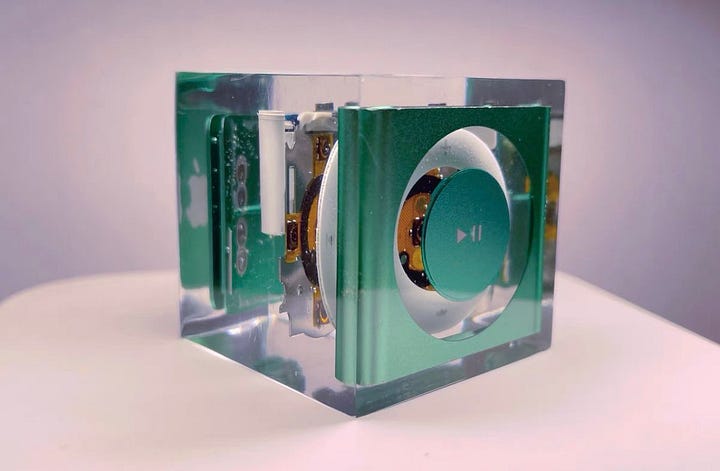
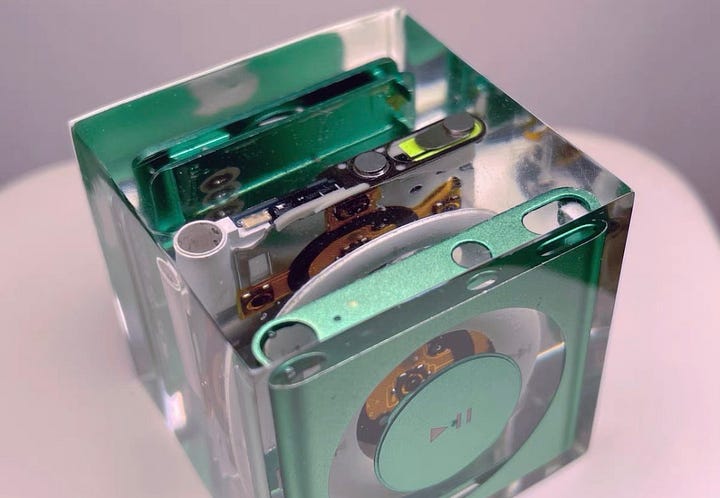
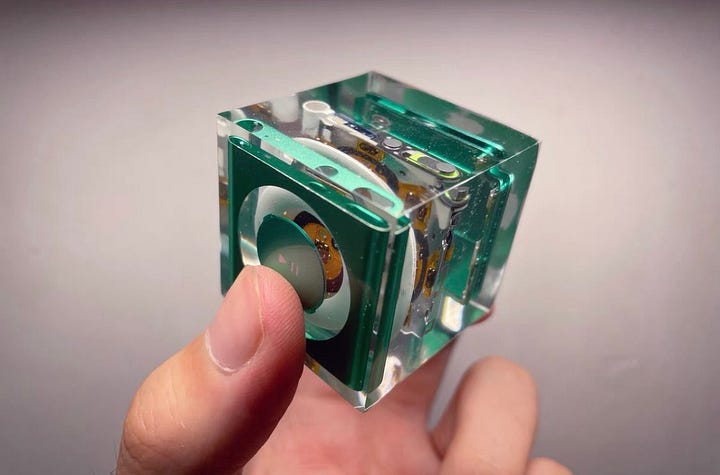
The Engineering Validation Tests (EVT) phase is where the hardware undergoes a grueling regimen of testing and refinement. Prototypes at this stage are akin to raw diamonds, their potential immense but requiring meticulous crafting to reveal their true brilliance. The hardware is put to the test in every conceivable way, pushed to its limits to ensure reliability and functionality. It is only when the hardware has proven its resilience that the software begins to enter the equation more prominently. Initial firmware and diagnostic software, like SwitchBoard, are used to test and validate the hardware’s capabilities, laying the groundwork for the more complex, user-facing software that will come later.
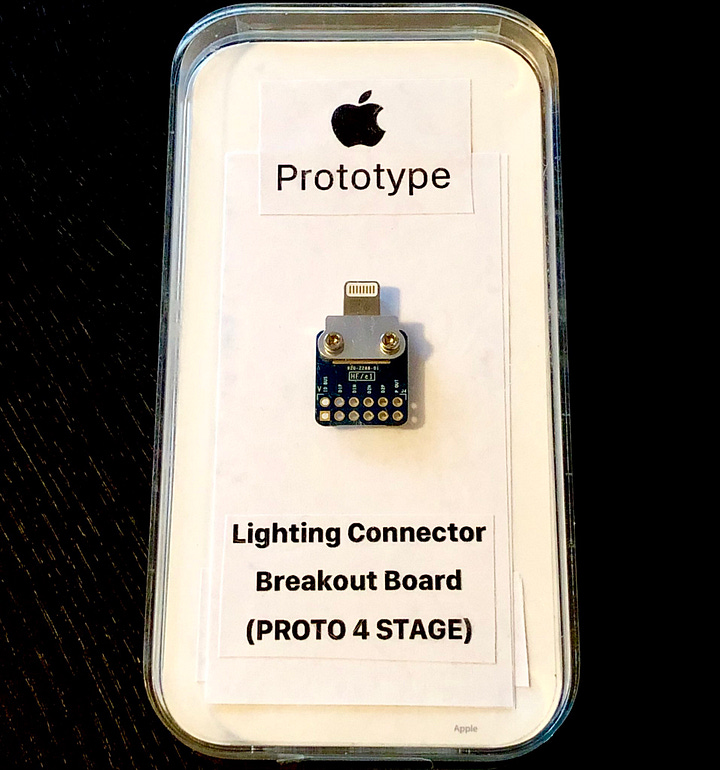
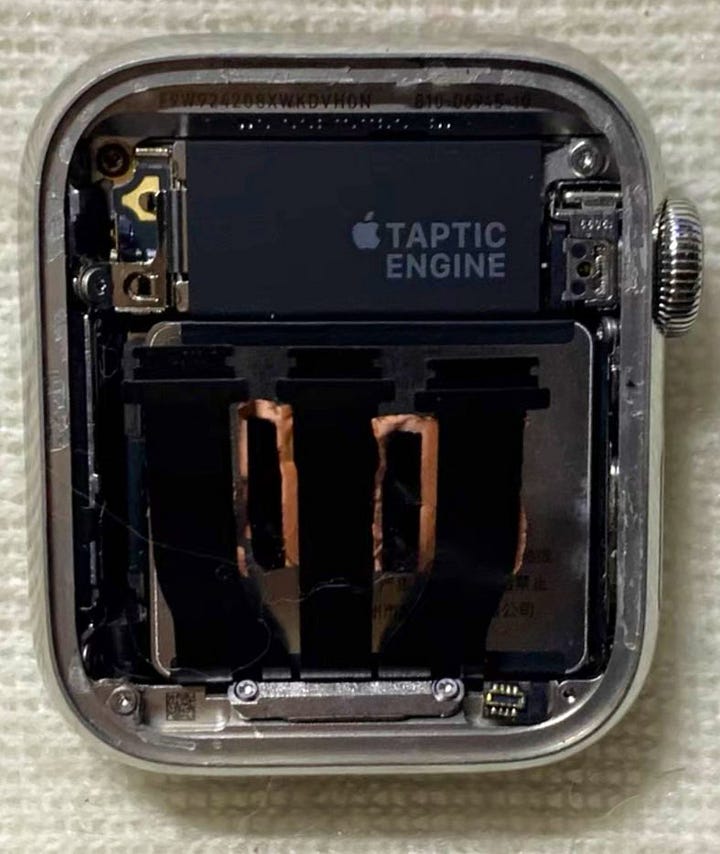


With the Design Validation Tests (DVT), the product begins to take on its final form. It's a pivotal moment when the hardware and software must come together in perfect harmony. The design is nearly complete, and the software must now rise to meet the expectations set by the hardware's capabilities. This is where user interface designers and software engineers work in the most intimate collaboration, ensuring that every swipe, tap, and click is not just functional but feels fluid and natural. The software’s aesthetics and user experience are polished to a high sheen, embodying the ethos of simplicity and intuitiveness that is a hallmark of Apple’s design philosophy.

As the prototypes advance towards the Production Validation Test (PVT) phase, the interdependency of hardware and software becomes even more pronounced. Here, the finalized hardware must consistently
Keep reading with a 7-day free trial
Subscribe to Skeuomorphic Design: Lessons from Apple's Golden Era to keep reading this post and get 7 days of free access to the full post archives.




